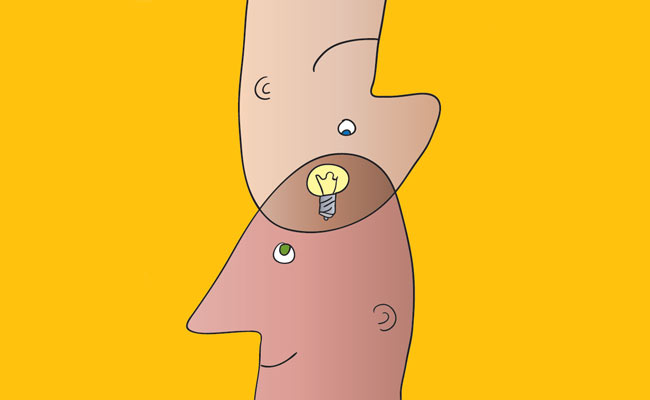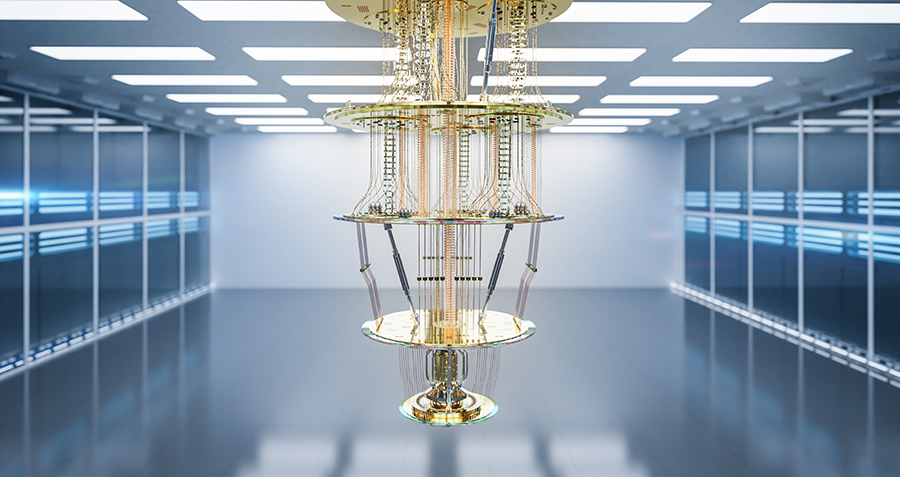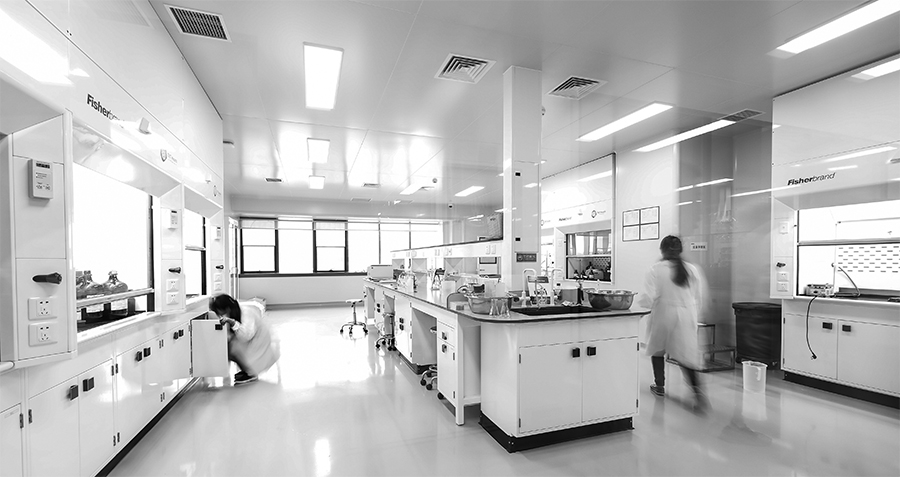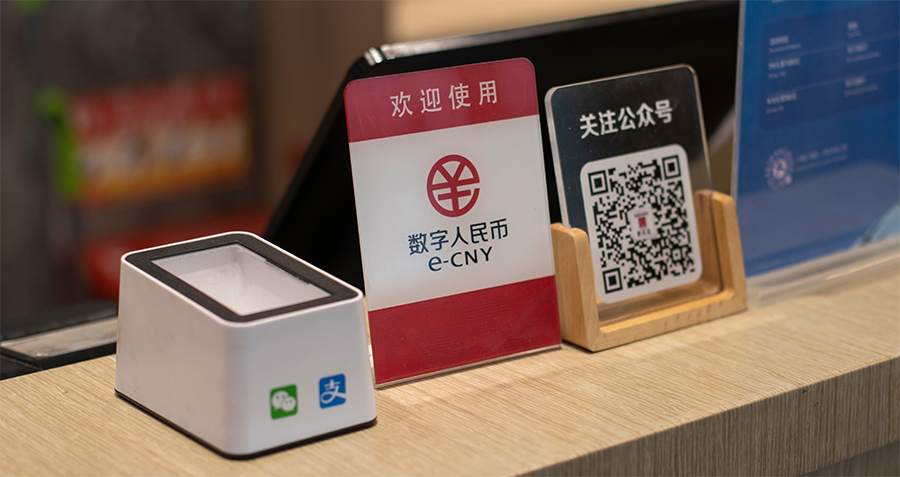Overnight the maverick electric car company became an evangelist of the Open Source philosophy. Why is releasing Tesla’s patents such a big deal?
In the traditional business playbook, one way companies win is to create something useful, patent it, and then make money on their exclusive right to use that intellectual property (IP).
Most companies still operate this way today. Amazon.com, for example, guards its IP fiercely. Similarly, Apple and Samsung have both built huge patent armories, and use patent litigation as an offensive and defensive weapon. Some companies, referred to disparagingly as “patent trolls”, have built entire businesses around extracting license fees from companies they claim are infringing on their parents.
Until recently, Tesla Motors had played a traditional IP game, amassing more than 1,400 patents over the past 11 years. But on June 12, the electric car pioneer changed direction and released its patents. An announcement by Tesla CEO Elon Musk said that the company would not challenge infringements on most of its patents.
Some traditionalists said that Musk was making a dangerous strategic error in deciding to give its competitors access to its IP and predicted that his company would suffer as a result. Over the next two weeks, however, something odd happened: Tesla’s stock went up. It climbed more than 10% over the next two weeks, from $205 per share to $230.
Why would investors reward a company for giving away some of its most valuable knowhow–particularly a company that sold fewer than 20,000 cars in 2013? The key, say some intellectual property experts, is to understand how the rules of the game in business are changing. These days, when it comes to intellectual property, it is often the giving hand that gets.
The company’s stated aim is to encourage more rapid development in an industry that has so far dragged its feet in developing electric vehicles. As Musk put it in an article published on the Tesla website, “Our true competition is not the small trickle of non-Tesla electric cars being produced, but rather the enormous flood of gasoline cars pouring out of the world’s factories every day.”
Jaideep Prabhu, a professor of entrepreneurship at Judge Business School at Cambridge University and an innovation expert, agrees that releasing the patents should spur advances in the industry. “There is this argument that having intellectual property laws actually facilitates innovation… but it’s frequently used to prevent others from getting their hands on intellectual property,” he says.
One case in point: the one-click buying patent held by Amazon gave it a leg up on many of its competitors, who were stuck with two and three-step processes.
Not enforcing the patents may make sense for Tesla in even more directly self-interested terms as well, IP experts say. Particularly in technology-driven 21st Century businesses, you’re Facebook or no one.
“In the digital economy, the winner takes all. What matters is to be at the center of an ecosystem. For this, you need to let others build upon your platform, and reduce transaction costs to nil (this means: no license, or no license fees),” writes one intellectual property expert, who chose to withhold his name. Releasing patents is one way to keep transaction costs down.
Beyond simply building scale, sharing IP is also a good way to corner the competition, according to Benn Konsynski, a professor of information systems at Goizueta Business School at Emory University.
“If I share areas that are not the key basis of competition, then I stimulate the market in my direction and permit myself to compete in other areas,” explains Konsynski, “so I share to compete.”
Musk’s gift forces competitors to compete on his terms, or as Konsynski puts it, “I know where you stand if I make it free to stand where I want you to stand.”
The Tesla move also fits in with a larger trend toward business development in which the IP is shared rather than hoarded. In the automobile industry, for instance, the traditional automakers already incorporate a great deal of Open Source software into their systems. Ford Motor Company, GM, Jaguar Land Rover and BMW, for example, are all reportedly working toward a Linux-driven operating system to operate their vehicle entertainment systems.
One automotive start-up is trying to push Open Source collaboration even further: Local Motors is a Chandler, Arizona-based company whose online development platform links developers, micro-manufacturers, and some traditional automakers to create and even build vehicles based on Open Source technologies.
Companies in other industries have played the Open Source card as well in recent years. Google, for instance, has opened dozens of its patents to developers for free. Lego, the Danish toy block maker, has also adopted an Open Source approach, a move that some market watchers claim was one reason the company’s revenue has quadrupled over the past 10 years.
The changing nature of innovation may also be leading Tesla and some of its peers toward greater openness. “I think in the last 100 years the trajectory has been very much [about] controlling R&D within the firm,” Prabhu says.
But thanks to digitalization, that’s changed, according to Prabhu. Large-scale company-owned labs are increasingly the exception, not the rule. Small Lennon-McCartney scale collaborations are now possible in a way that they weren’t just a few years ago, he adds.
Open Source takes advantage of the power of these small teams, by giving more teams more building blocks to play with. Lego executives came to their decision to adopt Open Source after watching how, just three weeks after the release of the Mindstorm robotic Lego line in the 1990s, a group of more than 1000 programmers had hacked the code, reconfigured it, and improved it in completely unforeseen ways, opening an entirely new market of adult hobbyists for what had been considered simply a high-tech children’s toy.
Finally, staying out of the patent game reduces the legal costs of guarding against infringement claims. Musk wrote that at the time of his first start-up, Zip2, a city guide he founded with his brother Kimbal in 1997, he was a big believer in patents. But not for long: “After Zip2, when I realized that receiving a patent really just meant that you bought a lottery ticket to a lawsuit, I avoided them whenever possible,” he writes.
These days, Musk no longer sees IP as a source of competitive advantage, but the wizards behind it. “Technology leadership is not defined by patents, which history has repeatedly shown to be small protection indeed against a determined competitor, but rather by the ability of a company to attract and motivate the world’s most talented engineers,” he says. “We believe that applying the Open Source philosophy to our patents will strengthen rather than diminish Tesla’s position in this regard.”
At least for now: Konsynski notes that Tesla is not actually tearing up its patents, but merely giving serious competitors free use for the moment, and reserves the right to change its strategy down the line. He notes that patents still make sense in a mature industry, when players start to want to try to defend their turf.
Other industry bloggers have noted that although the knowhow behind the patents is open, the company’s other secret sauce is not: how the Palo Alto wizards put them together to make their award-winning cars.



















